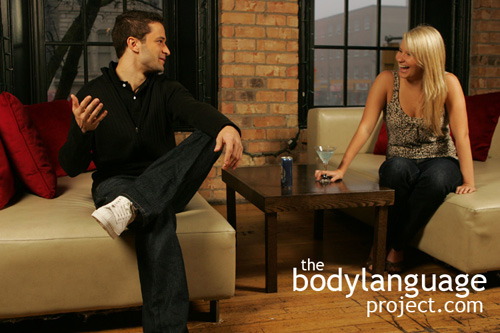The “C” gesture: Used in Mexico to signal a desire to interrupt the speaker or in North America used by television producers to indicate the need to break for a commercial. It’s origins stem from a Mexican television presenter Raul Velasco in the program Siempre en Domingo (meaning “Always on Sunday”). It was first used behind the scenes, but because Velasco, the host, used it on camera, it spread across the main population and to some extend across the rest of Latin America.
The benediction gesture: Done by raising the right hand with the ring and little finger touching the palm and the index and middle pointed upwards. It was used in Ancient Roman times during speaking by emperors to symbolize a charm or blessing. In Sicily it declares that someone is dead.
Payment gestures: In America the payment gesture is performed by placing the index finger and thumb together then doing a writing motion in the air as if to sign the name on the bill. In Egypt, a request for the bill is signaled by holding the left hand out palm up and tapping the left hand palm down against the left wrist. In Thailand payment is indicated by making a circling gesture in the air whereas in the Philippines one draws rectangles in the air.
Thumbs up: Performed by rolling the fingers together against the palm then extending the thumb up. It has different meaning across the world. To Europeans, it means “one”, to Australians performed with a upward motion it is a rude gesture, saying “sit on this”, in Greece it is thrust forward and is equally rude, and carries equally sexual insults in Africa, Southern Europe and the Middle East, while in Japan in means “man” and “five”. While the meaning of the thumbs up gesture has been shown to have changed over time, it was first postulated to have had a Roman origin through a 19th century painting by artist Jean-Léon Gérôme where a triumphant gladiator stands over a fallen enemy seeking a “thumbs-up” or “thumbs-down” demanding a verdict, to kill or not. However, author of Manwatching Desmond Morris claims that the true ‘spare him’ signal was actually made by tucking the thumb inside the fist.
Fig sign: The fig sign is made by first making a fist then thrusting the thumb up between the middle and index finger until it pokes through slightly. It can also be done by putting the thumb through the ring and middle finger. This gesture can mean everything from a good luck charm and fertility as in ancient Rome to an obscene gesture which is the case for Greece, Indonesia, Turkey, Cyprus and Russia. Where it is an insult, it is the equivalent of “screw you” where the thumb represents the clitoris. The sexual connotations dates back to ancient Rome and is referred to in Dante’s Inferno as a curse against God followed up with the “fig” gesture. Today, Americans will use this gesture to symbolize the taking of a child’s nose, as in “I got your nose”, with the thumb in this instance representing the nose.
The little finger: Performed by raising just the little finger upward with the remaining fingers clenched into a fist. In Bali it means “bad”, in Japan “woman”, South America “thin”, France “you can’t fool me!” and Mediterranean “small penis”.






